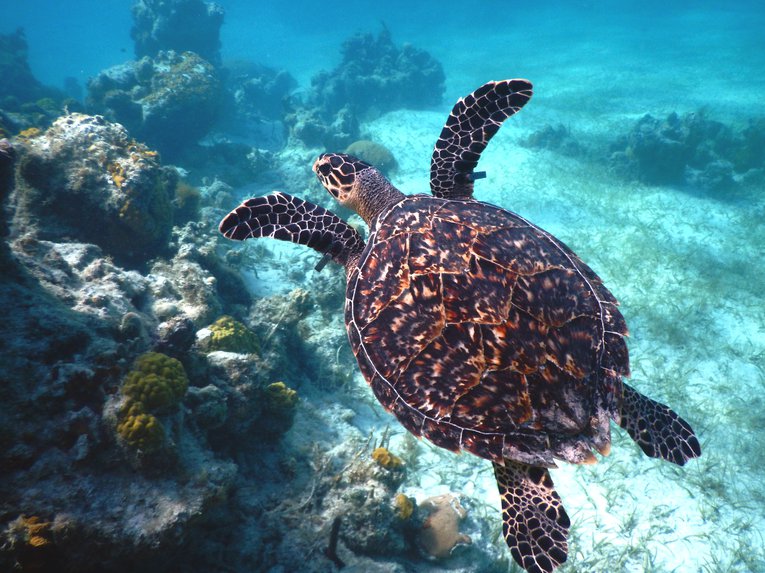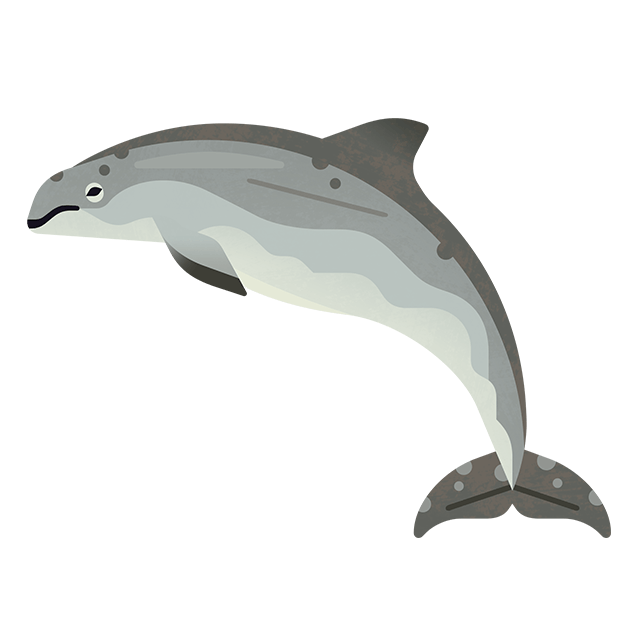
In ‘hot water’: What rising temperatures mean for our seas
2 minute read
We’re seeing the impacts of climate change on our ocean with heatwaves and rising temperatures warming our seas. Our Principle Specialist, Dr Jean-Luc Solandt, explains what this means for our ocean and those that call it home.
The El Niño phenomenon
Recently we've been hearing about a 5°C hike in sea temperatures: unprecedented warming for UK seas. This is happening in the northern North Sea and Irish Sea, stretching down to the Welsh coast.
The rise in temperatures has been exacerbated by the El Niño (a global climate phenomenon where ocean currents in the tropics ‘stop’, reducing the mixing of deeper waters and causing the super-heating of surface seas). El Niño leads to droughts and floods and is becoming more frequent and severe. Although it hasn’t affected UK seas too badly yet, lower wind conditions have meant that we’ve started to see these global affects at home. We should be very concerned.

Credit: Anastasia Taioglou
How heatwaves are affecting marine life
For thousands of years, the ‘weather’ of our ocean has been more stable that on land. There are currents and seasonal changes, but because of the sheer size of the ocean, and its fluidity, heatwaves in the ocean haven’t been as regular as those on land.
However, global heating has meant that we’ve been dealing with 3-4°C heatwaves in tropical countries, which has led to significant coral death since at least 1998. We’ve seen an increased proportion of female turtle hatchlings in tropical beaches, because of sand being too hot for males during developmental phase (the temperate determines the sex of the turtle).

Credit: Peter Richardson
Our sea temperatures in the UK have been relatively stable so far, from around 8°C in the northern North Sea in February-March to a maximum of around 18°C in southern England in September-October.
But if the heating continues over months, we may completely lose some of our seas’ essential ecosystem engineers.
Rising sea temperatures will seriously diminish the amount of ‘life’ we’ll see on our seafloor, coasts, and the marine animals we love so much, and rely on. Kelp forests will decline, seagrass beds could die, oyster reefs will deteriorate, sponge beds and other vital coastal species won't be able to filter our seawater.
What next for the ocean and planet?
This isn’t just a future issue – heatwaves are already affecting our once-productive seas. Because of higher temperatures, cold-water species are moving north towards cooler waters, the range of warm-water species is expanding, and mackerel populations are seriously diminished.
Unless we take urgent action, this won’t be a blip, but a sign of things to come, a constant. We need governments, industries, and citizens to make an active effort to combat the climate crisis.
We need laws and policies, strategies, investment, and structures put in place to reduce pollution, consumption and carbon emissions. We need the health of our planet and its future to be taken seriously.


